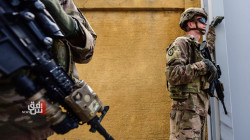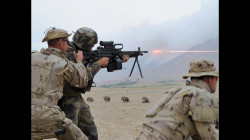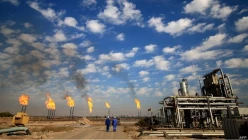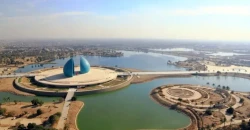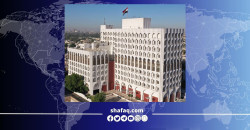Canada’s mission in Iraq at a crossroads, The Canadian Press said
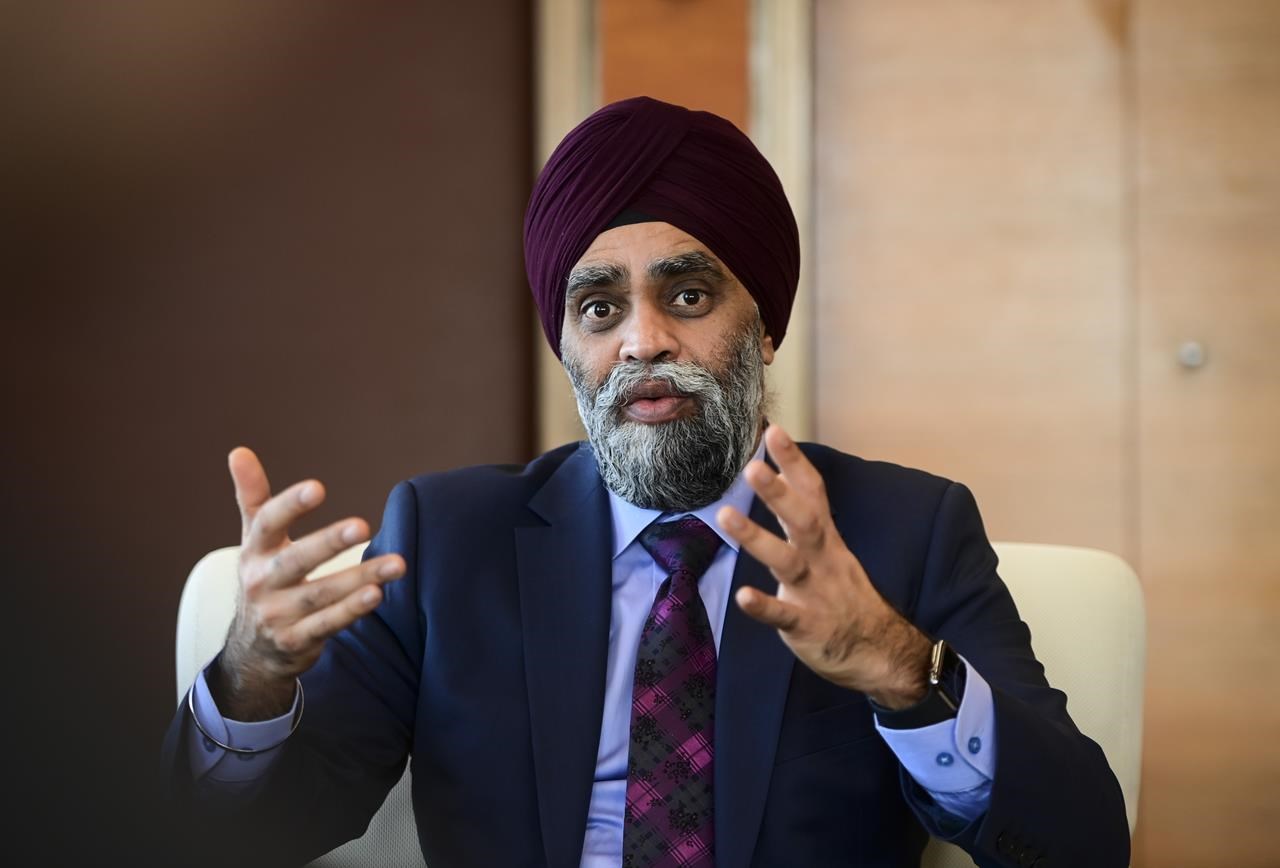
Shafaq News/ After more than six years of deployed troops in the Middle East to help fight ISIS, hundreds of Canadian Armed Forces personnel remain in the region.
Questions are facing the Canadian federal Liberal government, military commanders, diplomats and others about the future of those in the region after March 2021, their number, locations, and the reasonable grounds to their deployment.
The Canadian Press published a report in this regard, written by journalist Lee Berthiaume.
The national News Agency said that Canada is now at a crossroads with its mission involving more than 500 military personnel –most of are in Iraq and Kuwait- spread across several countries, and supposed to end on March 31.
The end of the federal fiscal year will also mark the expiration of $1.39 billion in funding for what the Liberal government described as its Middle East strategy, which included money for the military mission and other foreign assistance to the region.
Defence Minister Harjit Sajjan, in a recent interview with The Canadian Press, declined to say whether the mission would be extended. He emphasized instead that Canada would continue to be “a reliable partner” to its allies and countries in the region.
Yet he also said the government will base its decision on ensuring “the hard-fought gains” made in previous years are not lost — particularly in Iraq.
“So there will be decisions made to make sure that … Iraq is able to stand on their own two feet and be able to prevent anything like this from happening again.”
Canada first deployed troops to the Middle East in October 2014 as part of a U.S.-led coalition to stop ISIL (ISIS) from turning the large swaths of Iraq and Syria it had managed to capture into a caliphate, from which it could launch terrorist attacks on the West. According to the News Agency.
That initial foray involved dozens of special-forces soldiers — one of whom was killed by so-called friendly fire from allied Kurdish fighters in March 2015 — as well as fighter jets and other aircraft, which helped stop ISIL’s advance in Iraq.
In the Iraqi field, the Canadian Press said “The next few years saw the mission evolve several times as ISIL lost all its previous gains in Iraq and the war morphed into a more traditional insurgency, with the militant group forced to hide and launch isolated attacks in the country.
The current mission includes an undisclosed number of special-forces soldiers, who senior commanders have said are helping the Iraqis find and eliminate ISIL cells. Little else has been revealed in recent years about what those troops are doing.”
“The mission also involves Canadian military trainers working with Iraqi counterparts on basic soldiering and high-level strategic planning. As part of that, a Canadian officer led a larger NATO training mission for two years before Denmark took over in November.”
Despite its losses, experts say ISIL remains a threat if the pressure isn’t maintained.
“As much as the Islamic State (ISIS) is weakened now, there is no doubt that the conditions for its eventual revival are still there,” the News Agency quoted Thomas Juneau, an expert on the Middle East at the University of Ottawa as saying.
Analysts have blamed the rapid U.S. withdrawal from Iraq in December 2011 for having left a vacuum that ISIL could fill. The international community then stepped into the country’s affairs once again.
Meanwhile, new challenges threaten what little peace and stability exist in Iraq, including age-old divisions inside the country as well as its emergence as the front line in a slow-burn conflict between the U.S. and Iran.
It reported that Bessma Momani, a Middle East expert at the University of Waterloo, believes that is why Ottawa will keep some troops in Iraq, to act as a check against Iran’s growing influence and prevent the “disintegration” of Iraq.
The Canadian military mission in Iraq has already shifted over the past two years to include those other objectives — including preventing Iran from taking control — even if Ottawa hasn’t come right out and said it.
“From a U.S. perspective, it’s very clear that one of the objectives of this mission … is to build up the Iraqi state to prevent it from coming even more under the influence of Iran than it already is,” Juneau said.
That influence already includes links to many of Iraq’s ruling class. Iran’s top general was killed by a U.S. drone near the airport in Baghdad last January, while reportedly on a trip to meet members of Iraq’s political leadership.
“Iran has also supported numerous Shia militia groups in Iraq, some of which have launched attacks against Western targets.”
Despite what the Agency said, there was no claim of responsibility by any Iran-backed faction of the attacks.
“One of the biggest challenges the Iraqi military faces are these (militia) units that are very much beholden to the Iranians,” said Momani.
“That’s not something you want to advertise. So you say we’re there to assist the Iraqi military fighting ISIS, but in a sense they’re really there to help professionalize the Iraqi military to not succumb to these militia factions within.”
Another query was asked by Berthiaume, is what approach incoming U.S. president Joe Biden’s administration will take on the Middle East and Iraq, which will no doubt affect Canada’s decision.
Under outgoing President Donald Trump’s orders, the U.S. started to withdraw troops this year.
Canada also started to shrink its footprint, with military commanders quietly drawing down from more than 800 troops in the region to around 500 this summer. Canadian commanders at the time said this reflected a lessened need for basic soldier training.
It’s unclear how the Biden administration will approach Iraq and the region, but Juneau and Momani said to the Canadian Press they think it will remain engaged. And it will be looking for allies to continue playing a role, which will be another factor for Canadian officials to consider.
